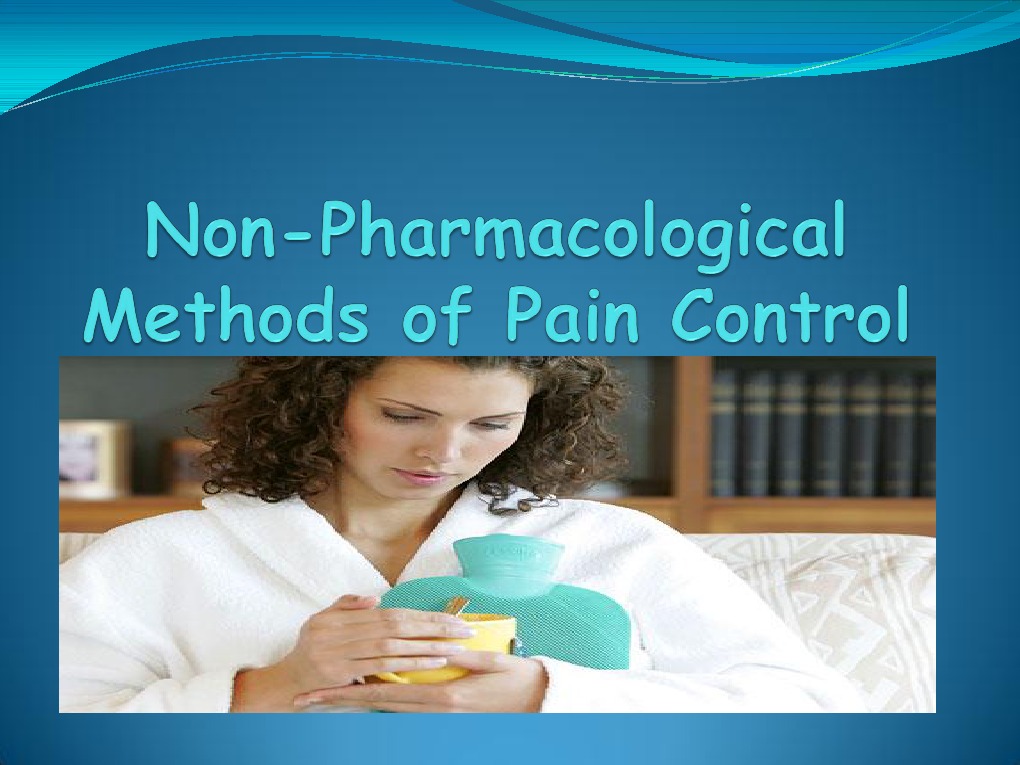

Non-pharmacological methods are increasingly recognized as crucial in relieving chronic discomfort. Imagine a world where managing your pain doesn’t solely rely on medication; where you have a toolkit of natural approaches to alleviate your suffering. Chronic discomfort, a widespread challenge impacting numerous lives, often leads to significant limitations and reduced quality of life. This article delves into various non-pharmacological techniques to effectively manage chronic discomfort. It explores holistic strategies that address the root causes of discomfort, going beyond the typical pharmaceutical solutions. We’ll cover everything from dietary changes to mindfulness practices, providing practical examples and actionable strategies. The structure of this article is as follows: first, we’ll define chronic discomfort and examine the challenges of conventional treatment approaches; then, we’ll explore diverse non-pharmacological techniques, including lifestyle modifications, mind-body practices, and complementary therapies; finally, we’ll offer a conclusive summary and offer actionable insights to apply these methods effectively to your life.
Defining Chronic Discomfort and the Limitations of Pharmaceuticals
Chronic discomfort is persistent pain or discomfort that lasts for an extended period, often months or years. It encompasses various conditions, including back pain, arthritis, fibromyalgia, and migraines. While pharmaceuticals can offer temporary relief, they often come with potential side effects and may not address the underlying causes of the discomfort. This often leaves individuals seeking alternative approaches to manage their pain.
Lifestyle Modifications for Chronic Discomfort Relief
Dietary Changes
A balanced diet rich in fruits, vegetables, and whole grains can significantly impact chronic discomfort. Inflammation plays a crucial function in many chronic conditions, and dietary choices can either exacerbate or mitigate inflammation. Examples include incorporating foods rich in omega-3 fatty acids, such as salmon and flaxseed, which have anti-inflammatory properties. Conversely, reducing processed foods, sugar, and unhealthy fats can help reduce inflammation. Studies have shown a correlation between a healthy diet and reduced pain perception in individuals with chronic conditions like arthritis.
Regular Exercise
Physical activity, even moderate exercise like brisk walking or swimming, can improve circulation, reduce muscle tension, and boost endorphin production. Endorphins act as natural pain relievers, and regular exercise can help manage chronic discomfort more effectively than relying solely on medication. Consider a combination of cardiovascular exercise, strength training, and flexibility exercises for a thorough approach.
Stress Management
Stress can exacerbate chronic discomfort. Chronic stress can lead to muscle tension and boostd inflammation, making the pain more pronounced. Implementing stress-management techniques, such as meditation, yoga, or deep breathing exercises, can help mitigate stress and reduce pain.
Mind-Body Practices in Pain Management
Mindfulness and Meditation
Mindfulness practices, including meditation and deep breathing exercises, can help individuals focus on the present moment and reduce stress. This can lessen the perception of pain and promote a sense of calm. Mindfulness techniques involve paying close attention to thoughts, feelings, and sensations without judgment. Clinical trials have shown that regular meditation can effectively reduce chronic pain and improve overall well-being for individuals experiencing chronic discomfort.
Yoga and Tai Chi
Yoga and tai chi combine physical postures, breathing techniques, and meditation practices. These practices improve flexibility, balance, and posture, reducing chronic pain associated with muscle stiffness. Yoga and tai chi also promote relaxation and reduce stress levels, aiding in overall pain management.
Complementary Therapies for Holistic Relief
Acupuncture
Acupuncture involves inserting thin needles into specific points on the body. This ancient Chinese practice is believed to stimulate energy flow and relieve pain. study suggests that acupuncture may offer pain relief for certain conditions, such as chronic back pain and neck pain. However, further study is needed to fully understand its efficacy and mechanisms of action.
Massage Therapy
Massage therapy involves manipulating soft tissues to relieve muscle tension, reduce inflammation, and improve blood flow. Massage therapy is commonly used to alleviate chronic muscle pain, particularly in conditions like tension headaches, and back pain. Professional massage therapists can create customized treatments based on individual needs and preferences.
Conclusion
In conclusion, non-pharmacological methods offer valuable strategies for managing chronic discomfort. By understanding the diverse approaches and tailoring them to individual needs, individuals can significantly improve their quality of life. Explore these methods further and consult with healthcare professionals for personalized guidance on implementing these strategies effectively. This thorough guide offers a starting point; your journey to find relief begins with understanding these methods.